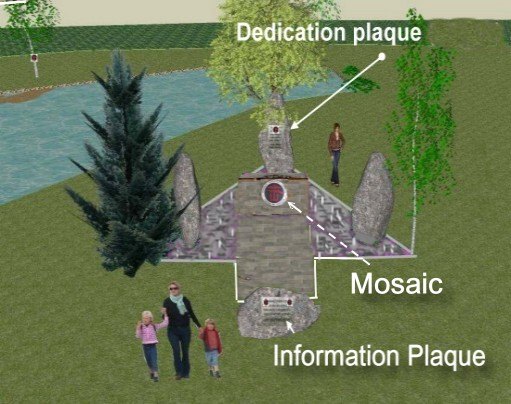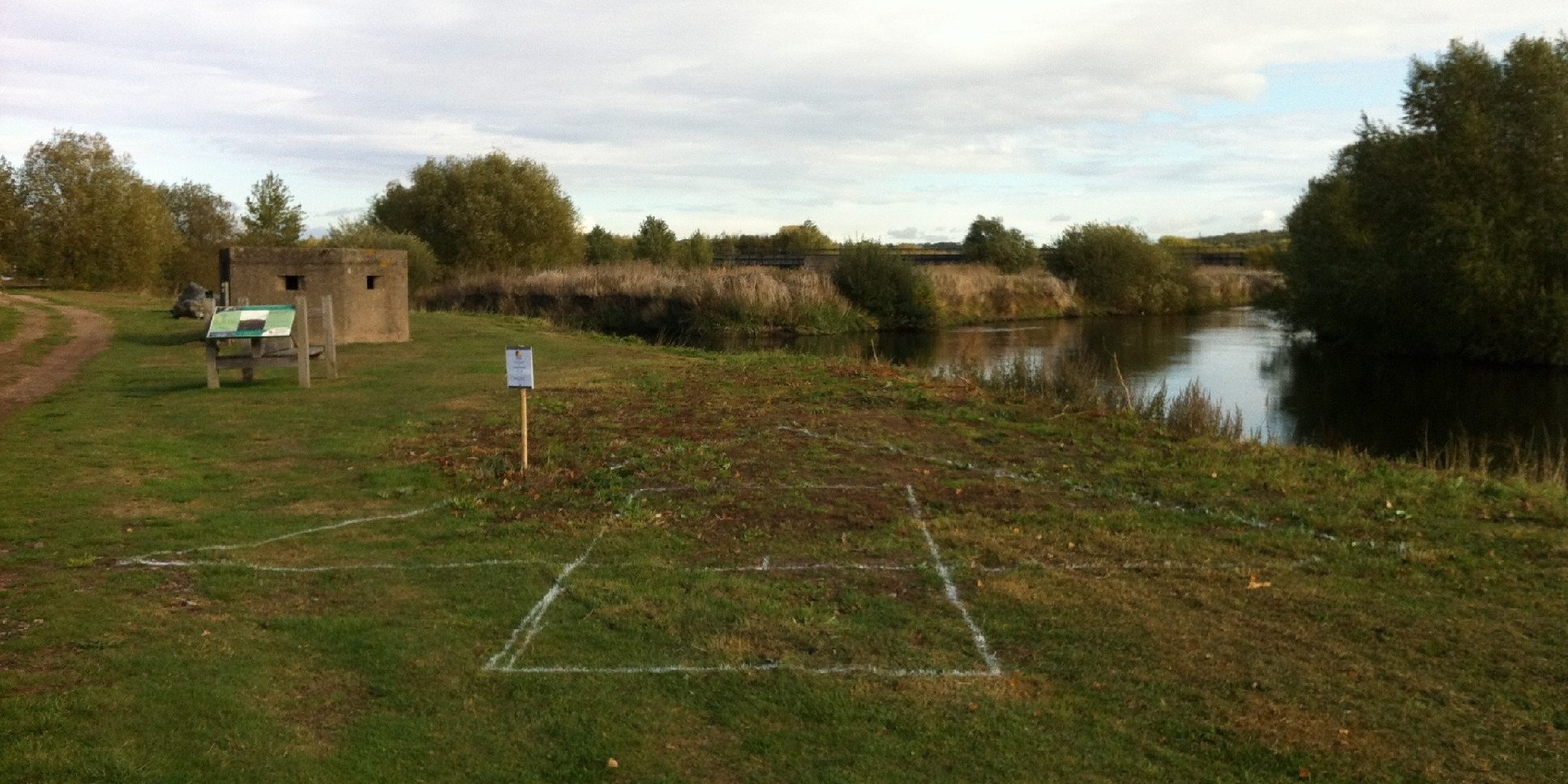In the next few weeks we are going to be building The Combined Operations Memorial. The memorial is going to be part of the Staffordshire’s National Arboretum.
Thousands of people have died serving in Combined Operations. The memorial will;
- Remember those who served and who were killed in the Combined Ops and who were trained by the Combined Ops
- Celebrate the achievements of Combined Operations
- Pay tribute to all those who have served in Combined Operations
 The building of the memorial will take place in the middle of November and will take around 1-2 weeks to complete depending on weather conditions.
The building of the memorial will take place in the middle of November and will take around 1-2 weeks to complete depending on weather conditions.
There is a high level of symbolism in the design and content of the memorial. Combined Operations drew upon the resources and best practices of the Land, Sea and Air forces – represented by 3 trees and 3 stones containedwithin a spear-head shape of the archetypal attack formation. The stones come from an area of Scotland wherehundreds of thousands trained in amphibious landing techniques under the auspices of Combined Operations.
The Four Large Stones are all around 2.1m – 2.5m length and 0.9m – 1.1m in width. They come from a quarry on Loch Fyne a few miles north of Inveraray where 250,000 service personnel underwent training in ‘small craft’ amphibious landing techniques under the auspices of the Combined Operations Command. Some Commandos were also trained in this area. This ensures a strong symbolic association between the main training area and the
 memorial.
memorial.
The three standing stones represent Land, Sea and Air Forces. Personnel from their ranks were recruited to form the Combined Operations Command. The stones were generously donated by Danny Bonnar of Clachan Quarries, Loch Fyne, Scotland.
The Trees have been chosen for their symbolic association with the three services… oak for the Navy, ash for Army and spruce for the RAF. Oak was used in the construction of the early wooden battle ships including HMS Victory, ash was used in the construction of wheels and limbers for the artillery, frames and wheels for field transport (RAMC and RASC lorries), pick-axe handles and the rings for rope ladders, and spruce was used in the construction of early ‘stick and string’ planes.
 The Plaques will be made of Bohus Pink granite with gold lettering 12/13 mm tall and with the crests sandblasted into the marble and painted red and black. The plaques will be recessed into the large stones. We are indebted to the RN Naval Historical Branch, the RAF Historical Society and Mr Dick Stimpson for their advice in the selection of the trees.
The Plaques will be made of Bohus Pink granite with gold lettering 12/13 mm tall and with the crests sandblasted into the marble and painted red and black. The plaques will be recessed into the large stones. We are indebted to the RN Naval Historical Branch, the RAF Historical Society and Mr Dick Stimpson for their advice in the selection of the trees.
The Mosaic will be contained within a 50 mm deep stainless steel band 1m in diameter. In the design (far left) the eagle represents the RAF, the Thompson machine gun represents the Army and the anchor represents the Navy. The neighbouring image shows how a mosaic with similar attributes looks. The red parts in the design will be made of vitreous glass mosaic tiles and the remainder aquatic ceramic tiles. This combination provides the best contrast between the black and red colours.
The Vertical Wall will hold the mosaic and will be faced with stones of around 20cms to 25cms from the same source as the larger stones [photo opposite.
The Paved Area will allow easy access for wheelchairs and buggies and is likely to be of natural slate, with slate chippings laid around remainder of memorial.
We are delighted to be working with the National Arboretum again on such a meaningful project and we hope we can work with them again no matter how small or big the project is.







